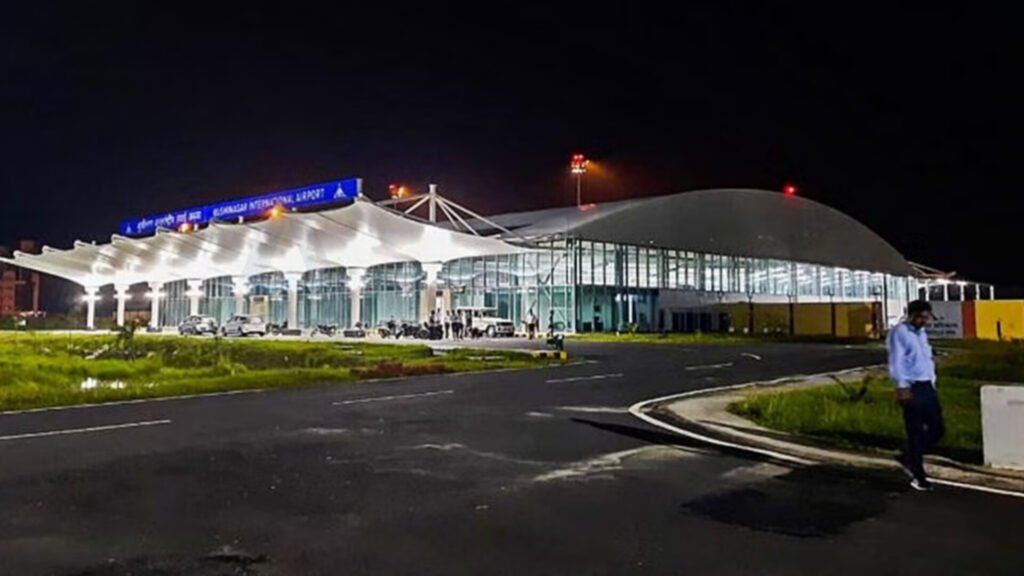The Indian government’s ambitious initiative to build new airports in smaller cities and regional centers is facing significant challenges, as many of these newly constructed facilities are struggling to attract airline operations and passengers. Despite substantial investments in infrastructure, several of these airports, including Kushinagar in Uttar Pradesh and Sindhudurg in Maharashtra, are grappling with low traffic, leading some to resemble “ghost airports.”
Kushinagar, which was inaugurated with much fanfare, aimed to boost tourism and connectivity to the Buddhist pilgrimage site. However, the airport has seen minimal footfall, with airlines reducing or halting services due to low passenger demand. Similarly, Sindhudurg Airport in Maharashtra, which was opened to improve access to the coastal region, has also faced a lukewarm response from airlines. Despite its strategic location, the lack of consistent flight operations has hindered its potential to become a viable hub for both travelers and airlines.
These airports were designed as part of the government’s Regional Connectivity Scheme (UDAN) to enhance connectivity to underserved and unserved areas of the country. The aim was to improve accessibility to remote regions and stimulate regional tourism and economic growth. However, without sufficient demand for flights, airlines are unwilling to maintain operations, and many have scaled back their services. This has left the airports with underutilized infrastructure and idle terminals.
The struggle to attract flyers is rooted in several factors. For one, passenger demand in these smaller towns and cities is often insufficient to sustain regular flights. Additionally, the viability of routes to these airports depends heavily on attracting airlines, which, in turn, rely on strong ticket sales to justify their operations. The reduced demand is further compounded by competition from larger airports in nearby cities, which offer more frequent and direct flight options.
Despite the challenges, the government remains committed to improving regional connectivity. Efforts to promote these airports are ongoing, including subsidies for airlines to encourage service expansion and enhanced marketing campaigns to attract tourists. However, the success of these new airports ultimately depends on the ability to generate consistent passenger demand and build long-term sustainable air traffic.
Until these issues are addressed, the vision of a thriving network of regional airports may face significant turbulence. For now, several of these newly built airports continue to operate at a fraction of their intended capacity, with airlines hesitant to increase their presence due to low traffic and economic pressures.



